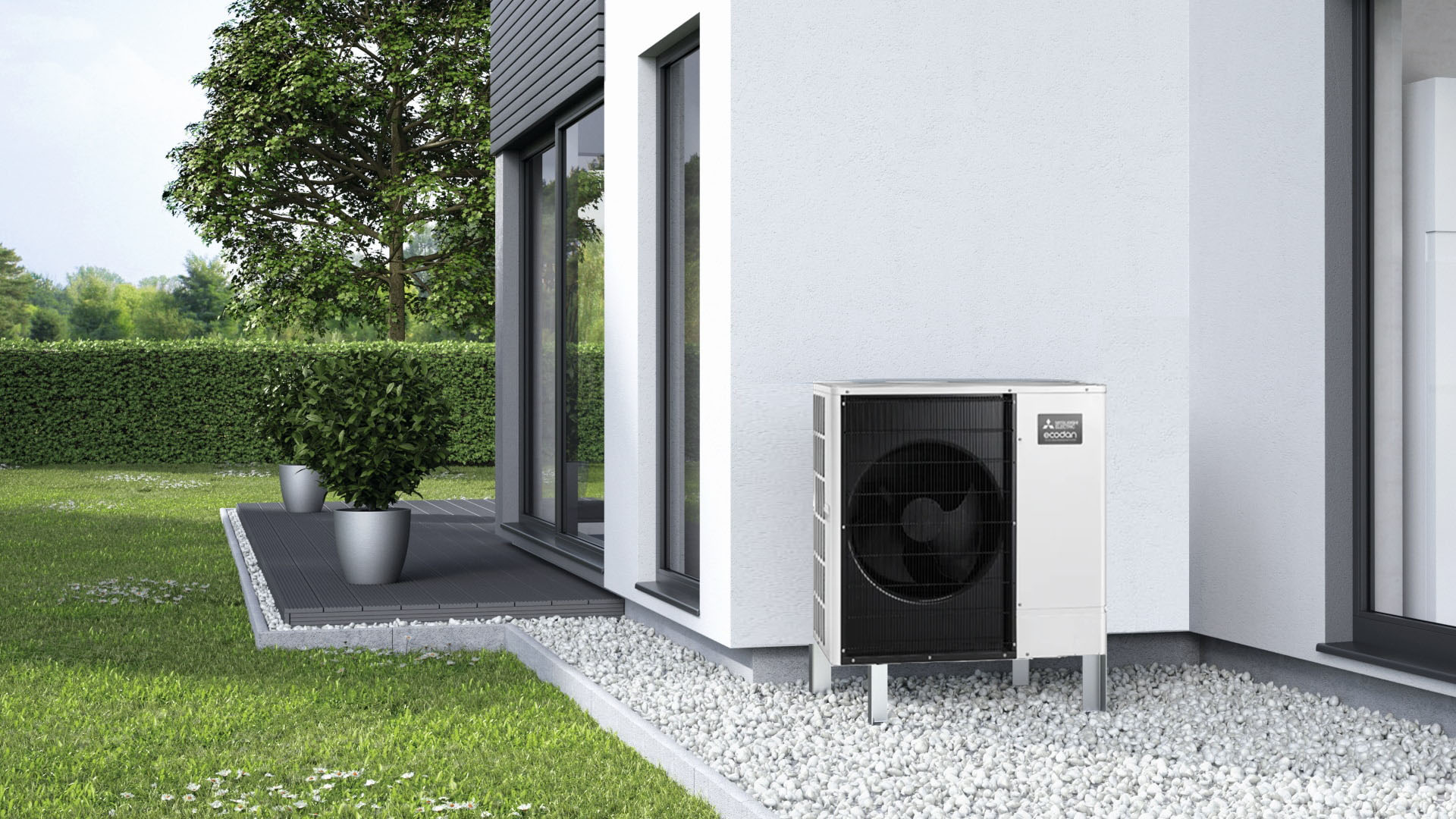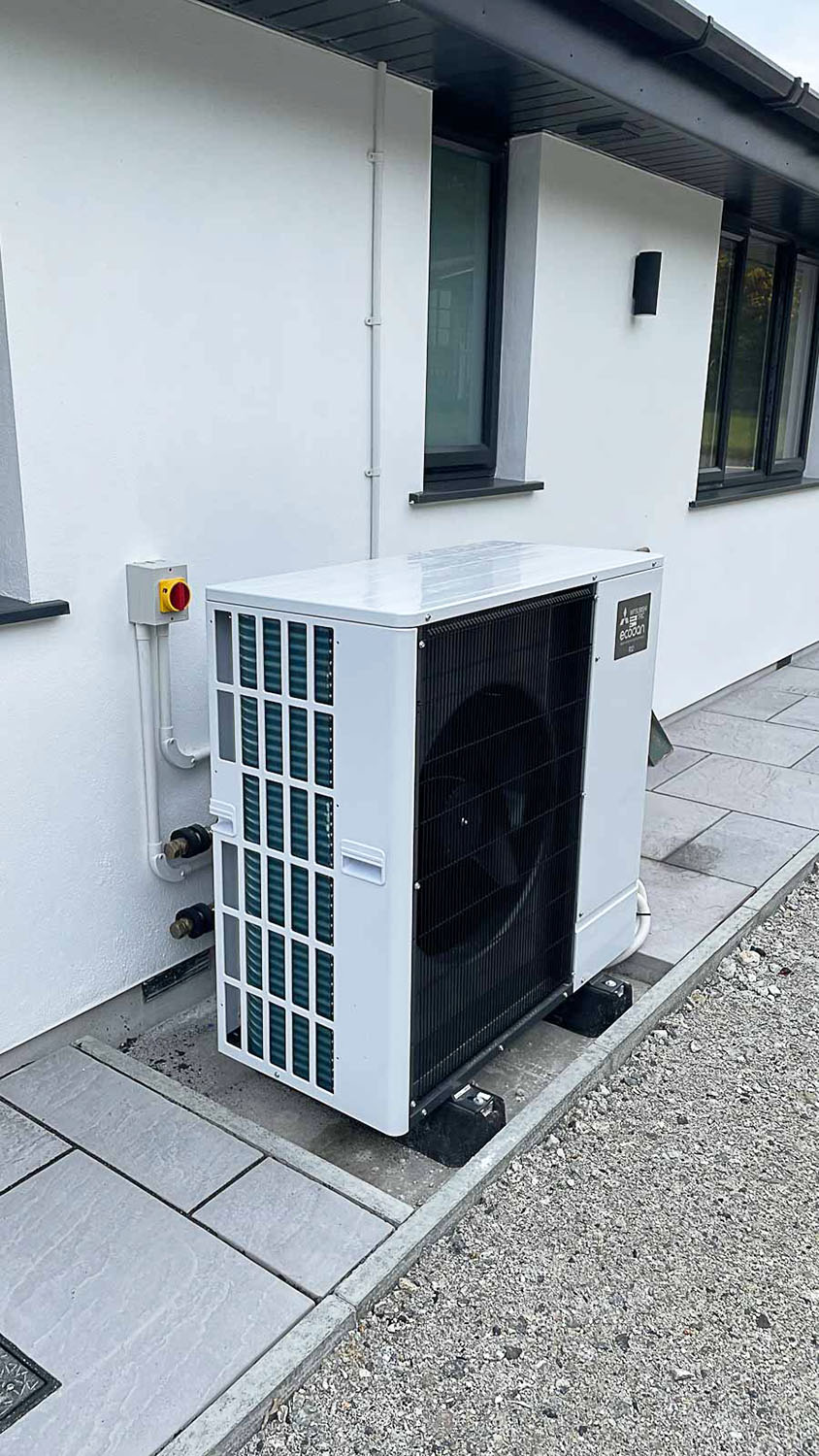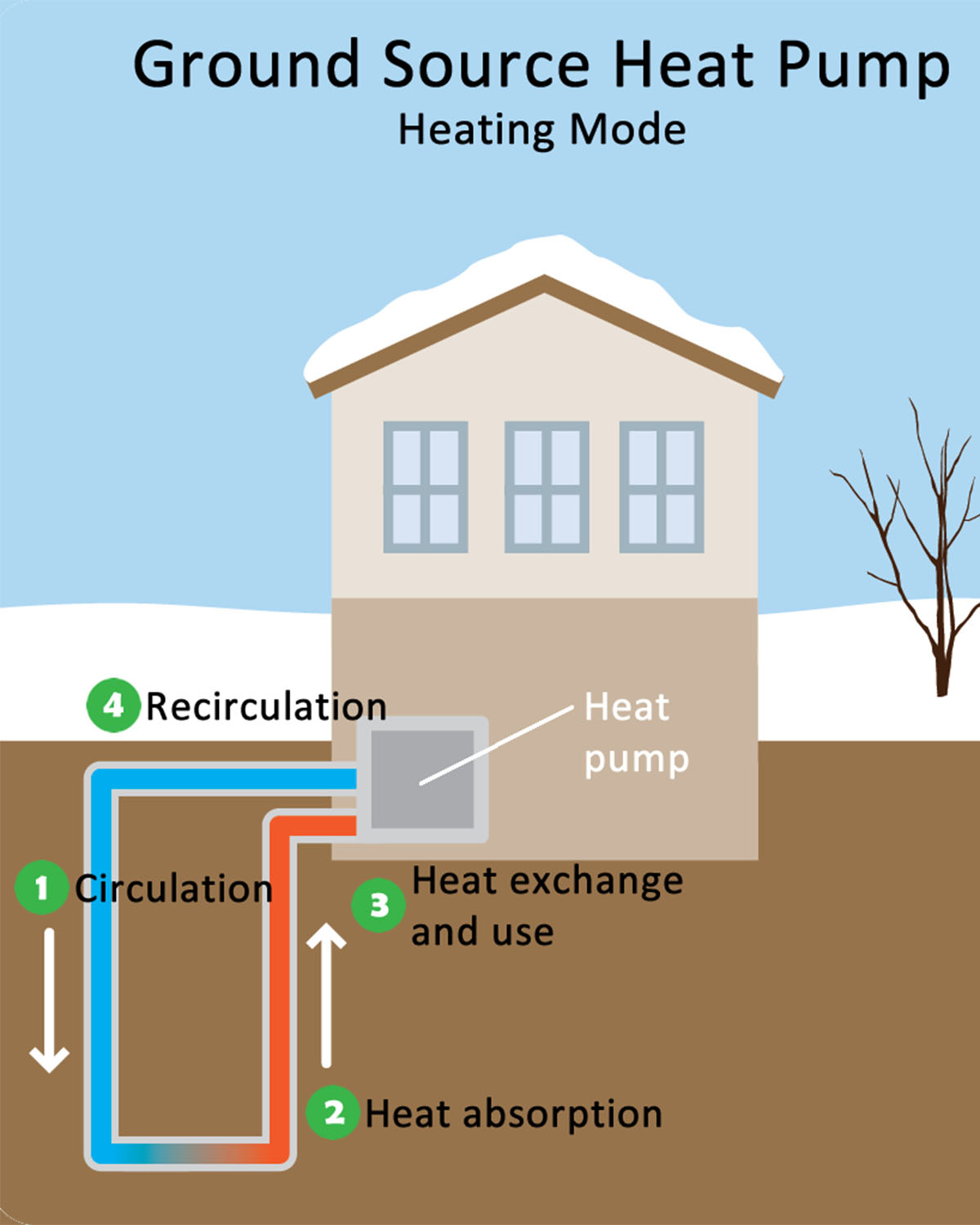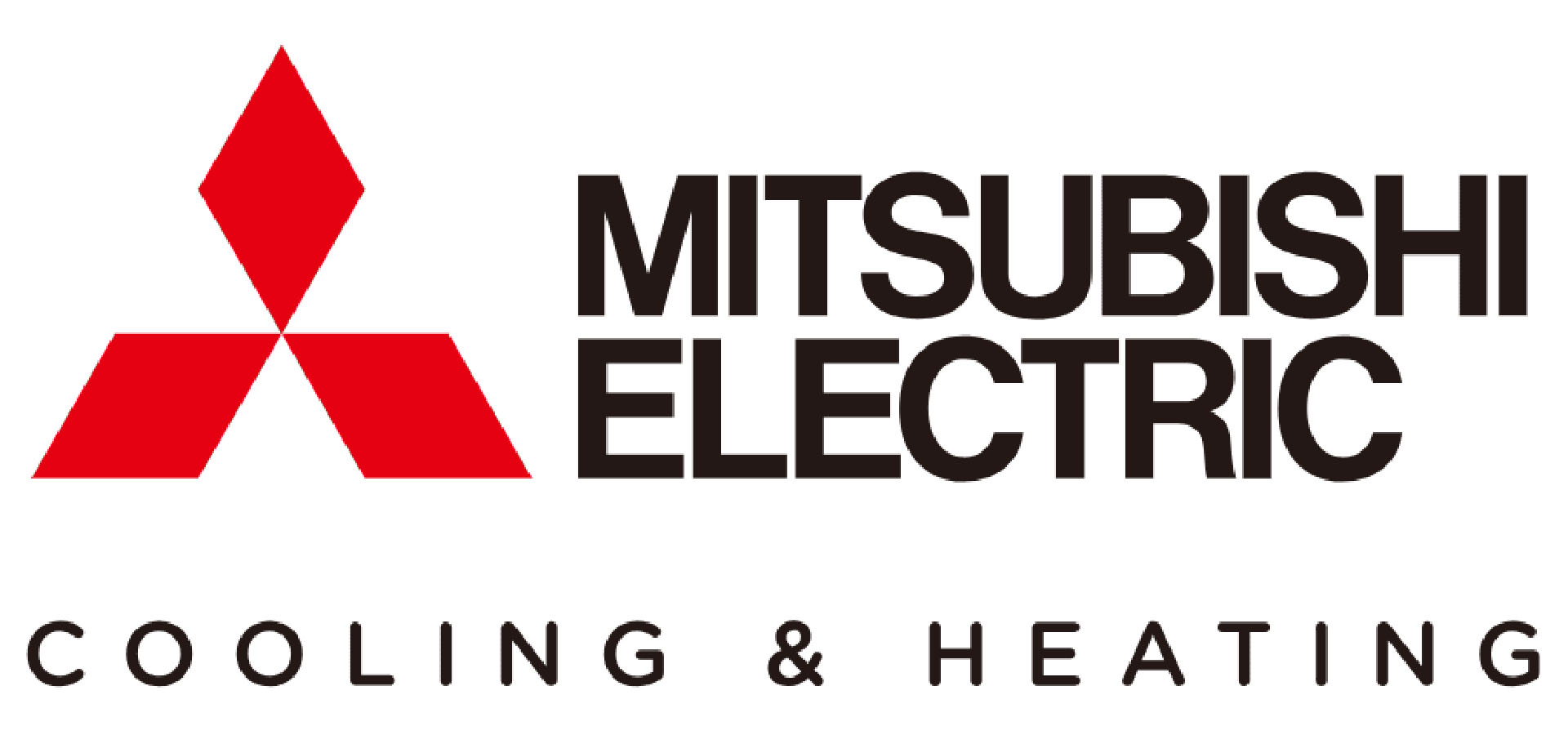
Renewable Heating Options
We have the solutions for all your renewable heating requirements...Renewable energy is energy that comes from the earth’s inexhaustible natural resources, like sunlight and wind. It is also sometimes referred to as ‘clean energy’ because it does not release harmful amounts of greenhouse gases, so actively helps to reduce global carbon emissions.
Malcolm Harris Heating has more than 20 years experience designing and fitting renewable energy systems. We specifically offer Air Source and Ground Source heating options for your home which are explained in more detail below:-
AIR SOURCE RENEWABLE HEATING
Grants and loans are currently available to help with the cost of
installing an air source heat pump in Cornwall.
If you live in England or Wales the government have increased its
air source heat pump grant from £5,000 to £7,500!

Air source heat pumps (ASHP) absorb heat from the outside air, this heat can then be used to heat water for radiators, underfloor heating systems, or warm air convectors as well as the hot water in your home.
The latest outdoor units are designed to withstand even the most severe winter conditions and will operate when the outside temperature falls to -25°C.
The systems differ in Shape and size but usually consist of a fan unit fixed externally and sometimes also a unit mounted inside the property appropriately the same size a gas boiler.
CONTACT US NOW ON A 01726 63060 TO SEE IF YOU QUALIFY FOR THIS AMAZING
GRANT TO INSTALL AN AIR SOURCE HEAT PUMP IN YOUR HOME! OR EMAIL US HERE
GROUND SOURCE RENEWABLE HEATING
A ground source heat pump, sometimes referred to as a ground-to-water heat pump, transfers heat from the ground outside your home to heat your radiators or underfloor heating.
It can also heat water stored in a hot water cylinder for your hot taps and showers.
Thermal transfer fluid (TTF), a mixture of water and antifreeze (sometimes known as ‘brine’) flows around a loop of pipe, buried in your garden or outdoor space.
This loop could either be a long or coiled pipe buried in trenches, or a long loop (called a ‘probe’) inserted into a borehole with a diameter of around 180mm.
Heat from the ground is absorbed into the fluid, which then passes through a heat exchanger into the heat pump. This raises the temperature of the fluid and then transfers that heat to water.








